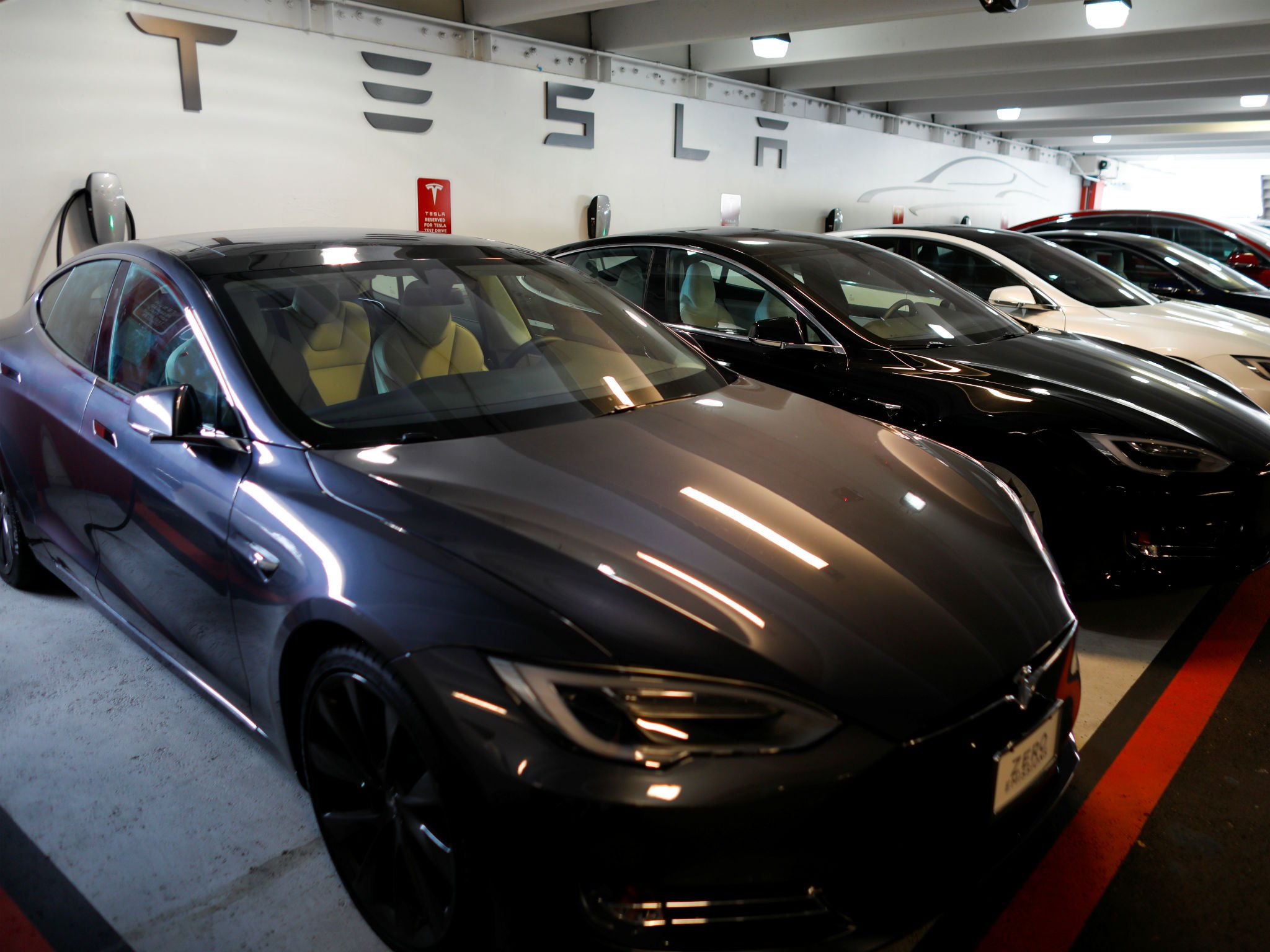
The switch to electric cars is speeding up. There are two forces driving this. One is legal or regulatory controls, the other the falling cost of batteries. Some words about each, and then some conclusions.
The spate of legal moves against petrol and diesel vehicles has become an avalanche. Here are just a handful of them. There is a move in parliament to bring forward the date in the UK when all new vehicles will be zero emission from 2040 to 2032 – Norway has pledged to do so by 2025 and India by 2030. In Germany older diesel cars are to be banned from the centre of Hamburg and, more remarkably, from Stuttgart. Stuttgart is Germany’s motor town, home to Mercedes-Benz, Audi and Porsche. True, these are older cars, but the signal is clear: regulations will tighten up on polluting vehicles. In the UK the City of London plans a zero-emission zone as part of an effort to improve air quality. A vote will be taken on this at the end of this month.
In the US, regulatory progress has been slow but earlier this year the governor of California, Jerry Brown, set a goal of having 5 million electric cars in the state by 2030. The US is, however, a pioneer in that most of its electric vehicle sales are pure plugins rather than hybrids – a tribute to Elon Musk and his Tesla brand.
But the largest and most important car market in the world is China. Here things are moving very fast indeed. All manufacturers will have to have at least one electric vehicle by 2020, and forecasters see this as a trigger for explosive growth.
If it were simply regulation that was pushing the shift it would happen quite slowly. But economics are now reinforcing it. In a nutshell, electric vehicle batteries are expensive but the drive trains are cheap. They simply have electric motors. Internal combustion engine vehicles, by contrast, don’t have the huge batteries but they have extremely complex (and expensive) drive trains – the engine, the clutch, the gearbox and so on. A Tesla has about 150 moving parts, whereas a typical internal combustion engine has several thousand. The batteries in a pure electric car are still the most expensive item. It is estimated that those in a Tesla Model 3 cost $13,000 (£9,950) to make.
But that is coming down. Bloomberg New Energy Finance calculates that we are about seven years away from the crossover point when electric cars become cheaper to build than comparable internal combustion engine ones.
Not to mention the other practical advantages – they are cheaper to maintain and service and there is less to go wrong – and there will not need to be tax advantages or legal controls. The market will have made the internal combustion engine obsolete, at least for road transport. The great question then will become: how fast will the switch be?
It varies a bit from country to country but the average age of a car in the UK before it is scrapped is 14 years. So even if most of the world’s car production had switched to electric in another decade, which is almost unthinkably ambitious, it would still be more than 25 years before the majority of cars on the road were electric. Just building the infrastructure to fuel the world’s fleet is a huge challenge. And whereas many uses of electricity are becoming much more efficient – lighting, air conditioning for example – the need for energy in transport is determined by the basic laws of physics. Improvements in efficiency will happen, but there are limits as to what can be achieved.
So reason says that the switch will be slow. But once electric cars become cheaper to buy than diesel or petrol ones, and of course remain cheaper to run, then maybe things will move faster than any of us expect. Economics will once again have trumped inertia.
